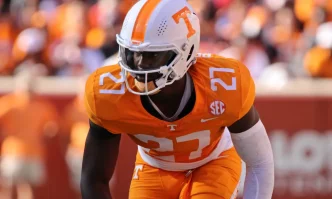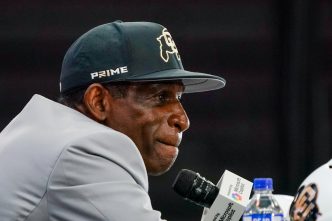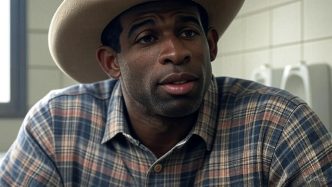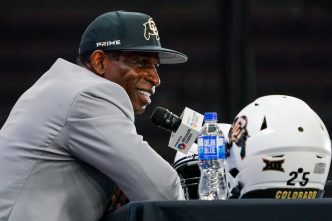Tonight marked a watershed moment for college athletics as U.S. District Judge Claudia Wilkins approved the NCAA’s settlement of multiple antitrust cases. This ruling is set to revolutionize the landscape of college sports by allowing schools to share revenue with athletes under a new enforcement framework spearheaded by powerhouses like the ACC, SEC, Big Ten, and Big 12.
Let’s unpack the implications of this significant development. With the settlement, institutions like UVA are now in a position to distribute a staggering $20.5 million of their revenues to players. Additionally, it introduces a remarkable $2.8 billion in back payments to athletes who competed from 2016 to 2024. As part of this arrangement, revenue-sharing caps are expected to rise by at least 4% each year over the next decade— a clear indicator that athlete compensation is moving in a progressive direction.
According to CBS Sports, power conferences are preparing to establish the College Sports Commission (CSC), a body designed to oversee the implementation of the settlement’s terms and enforce newly minted rules. Major players in revenue management, such as Deloitte and LBI, are set to develop sophisticated software to analyze NIL (Name, Image, Likeness) deals and monitor players’ revenue-sharing contracts. Notably, the CSC will implement a new clearinghouse called “NIL Go” to assess NIL agreements over $600, ensuring they reflect an athlete’s fair market value.
The leadership of the CSC appears to be shaping up, with sources indicating that MLB executive Bryan Seeley is being eyed as the commission’s CEO. Seeley brings valuable experience from his investigations in Major League Baseball, positioning him as a well-qualified candidate as the settlement progresses.
One of the key changes under this settlement is the approach to NIL deals. Under scrutiny, these deals will go through an arbitration process designed to expedite decisions on eligibility and penalties. In a notable shift, the NCAA, which has struggled with NIL enforcement in recent years, will step back from directly overseeing these agreements.
How will schools distribute these newfound funds? Most power conference programs are anticipating directing about 90% of the revenue towards football and men’s basketball—the sports that primarily generate income for athletic departments. In the first year alone, that could translate into $13-16 million for football rosters and $2-4 million for men’s basketball, with remaining funds allocated to women’s basketball, baseball, volleyball, and other Olympic sports.
In a letter addressing the settlement, NCAA President Charlie Baker emphasized this historic verdict as a new dawn for Division I student-athletes. He recognizes the previous chaos stemming from an inability to enforce rules—chaos that often resulted in confusion and legal challenges. The approved agreement paves the way for a more stable environment in college sports, laying a framework that permits schools to provide direct financial benefits to student-athletes while establishing clear mechanisms for regulating NIL agreements.
Baker highlighted the monumental change this represents. The new system will implement a 22.5% cap on financial benefits, translating to approximately $20.5 million in the initial year. As part of a broader reform, schools will begin replacing traditional scholarship limits with roster limits, thereby significantly increasing scholarship opportunities available to student-athletes—particularly among women’s teams.
The NCAA is committed to simplifying its governance structure as well, aiming to reduce the number of committees and streamline processes concerning competition rules and academic standards. This new organizational level will ensure that student-athletes have a stronger voice in the decision-making processes that impact them.
While there’s celebration for these advancements, challenges remain. The ongoing debate about classifying student-athletes as employees, despite opposition from leadership, looms large. Moreover, state-level challenges threaten to undermine uniform rules essential for fair play. The NCAA faces an uphill battle in advocating for legislation to address these issues, signaling a need for Congress to step in.
In the coming weeks, the focus will be on demonstrating to Congress why this settlement marks a paradigm shift for student-athletes and serves as a roadmap for legislative adjustments. The Division I Decision-Making Working Group is poised to finalize the new governance structure, ensuring the swift implementation of these changes.
Change at this scale is rarely straightforward, and navigating this new terrain will require patience and adaptability. However, the NCAA, as well as its member conferences, is poised to leverage this moment—one that offers a unique chance to enhance the college sports experience for all involved. It’s about creating a more equitable landscape for student-athletes, who stand to benefit not only from new financial opportunities but from a more streamlined and supportive NCAA environment. As these reforms take shape, the future of college athletics appears bright—an evolution that promises to redefine how we view the student-athlete experience.







